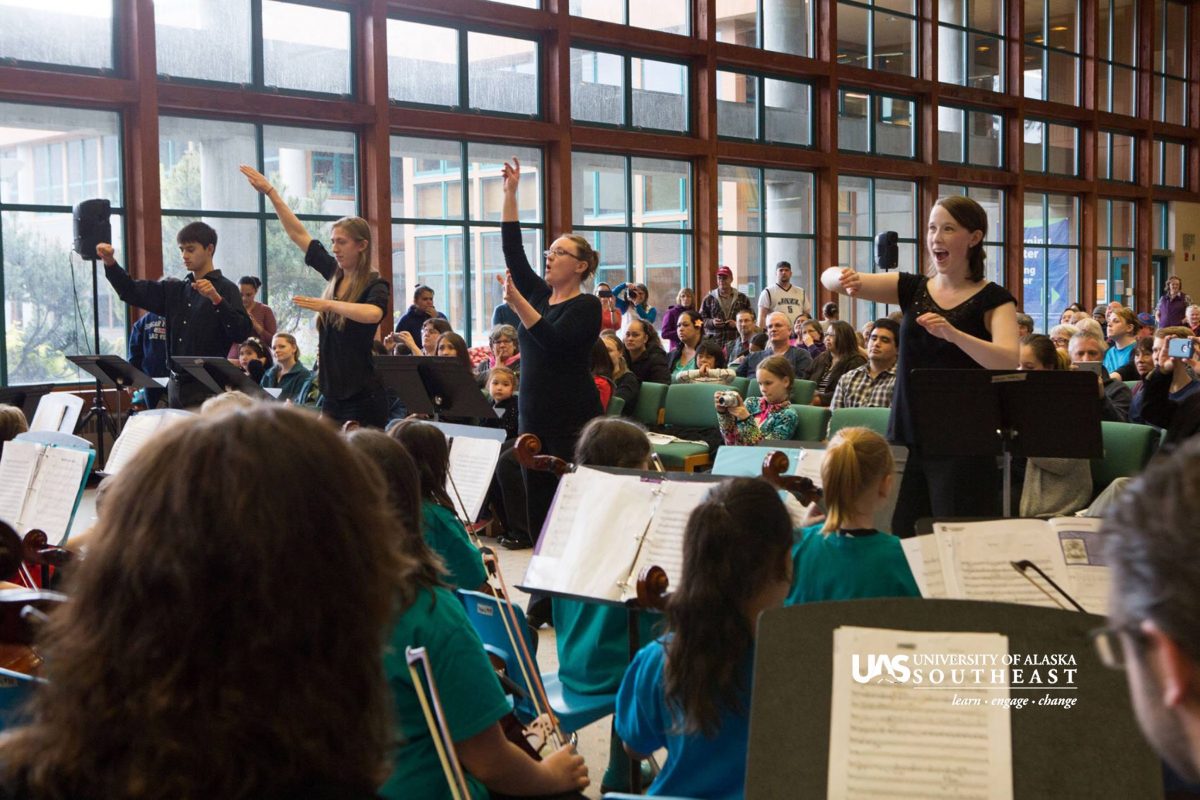- How does understanding culture and power impact your teaching?
This question is a strong one. It can be read with such ease at a first glance, inviting many different keywords to the mind instantly. However, when I stop to really read the words and think about what this question means to me, it is a much deeper notion. Culture is a part of who we are. It affects so many things about us: the way we view ourselves and others, the way we see ourselves in relation to the world, the way we function in everyday life. Culture is at our core; we cannot change that. Power is something we can, change, though. We are all born with certain amounts of power in society, and much of that depends on the ethnic and socioeconomic classes to which we belong. Once we recognize that, we have the ability to fight against the uneven spread of power. But ultimately, we as teachers must recognize that each person has power; power to change themselves, power to move people, power to fight against injustices. And we each have the opportunity to do that, grasping onto the colorful and beautiful clothing, tools, decorations, and instruments our culture has given us.
2. Three terms on our word wall have really stuck with me:
Barriers
Barriers are all around our students. They come into the classroom with baggage and pain, prejudices and fears. Barriers come between us. They isolate us. This word stuck with me because one of my main jobs as a teacher is to pound at those barriers with everything that I have and bring my students together as a strong, diverse family.
Determination
Breaking down barriers requires a lot of determination. A huge word that has stuck with me this year reminds me of this term: grit. It takes a lot of grit and determination to achieve the things we want. When I am determined, I don’t give up, even when it seems hopeless. This kind of force and energy is what I hold with me as I invest in breaking down barriers and bringing my students together.
Safe place
Creating a safe place is my main desire when I think about the classroom environment I want to create. When someone is in a safe place, he or she feels loved, cared for, invested in, listened to, and free to be who they are. That is exactly what a classroom full of wonderful, brilliant minds should be. I want every student to feel these things from me and their peers. I want them to know that they belong in our family.
3. After this class, I feel even more compelled to teach in a culturally responsive way. The first tactic I will use is creating an environment for students to have open discussions when needed. I want my students to feel free to speak their minds and feel protected in our conversations. I will make an effort to address key issues going on in our world and community. I will also introduce units and activities that allow students to research about their own cultures and others’ and present them to the class. I envision doing something similar to the iBook project with my class, except on a smaller scale, so that students take ownership of their cultures as they share about them to their classmates.
Side note: enjoy my featured image; it is from a 50-student cello ensemble concert Meghan and I helped put on this past year in Juneau. 🙂

I like the idea of introducing units were students can study their own cultures, but it is important that they have regular exposure to each other’s as well in order to create an equitable environment were everyone can feel valued and not isolated in their understanding. Perhaps prior to doing that unit, there can be projects around cultural understanding and the social ecological model so that they can understand that culture doesn’t just exist in a vacuum. People in this society come together through a common culture and that is one of power and control. As future educators that are supposed to grasp what inequity means, we have to be able to explain and challenge the established social norms so that they do not dominate the classroom environment when it comes to presenting cultures that may or may mesh with dominant norms. It is in that way that we can allow people to share their existence in a humble and safe manner.
Social Ecological Model:
https://upload.wikimedia.org/wikipedia/en/thumb/a/af/Bronfenbrenner's_Ecological_Theory_of_Development.jpg/360px-Bronfenbrenner's_Ecological_Theory_of_Development.jpg
Ruth – I love how you defined culture and power – culture is something you are born into and while power is something that you are also born into, it is something you can change. That is what we, as teachers, are striving to do. change the power structure within our schools and our communities and by of course, empowering our students to think critically. Great post!